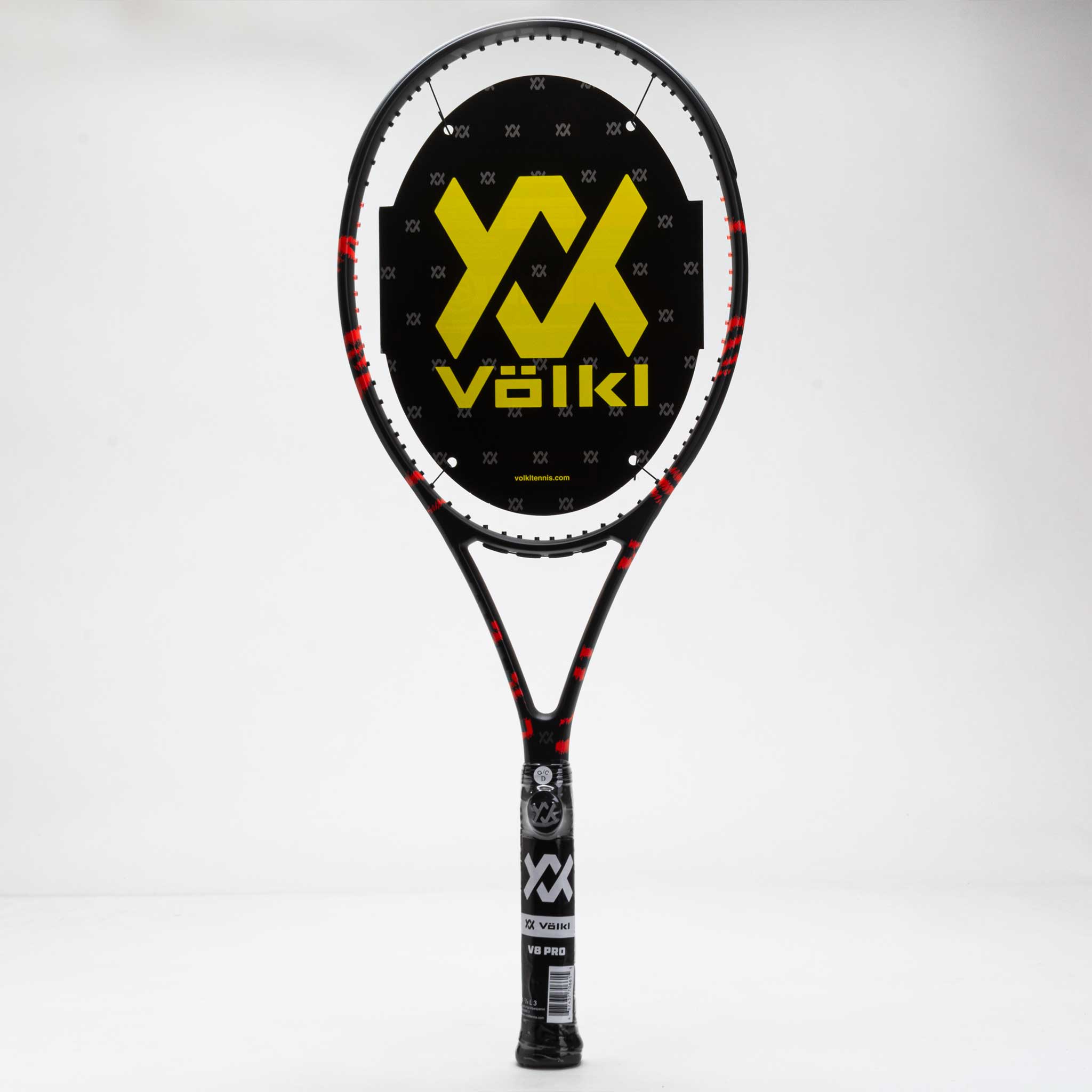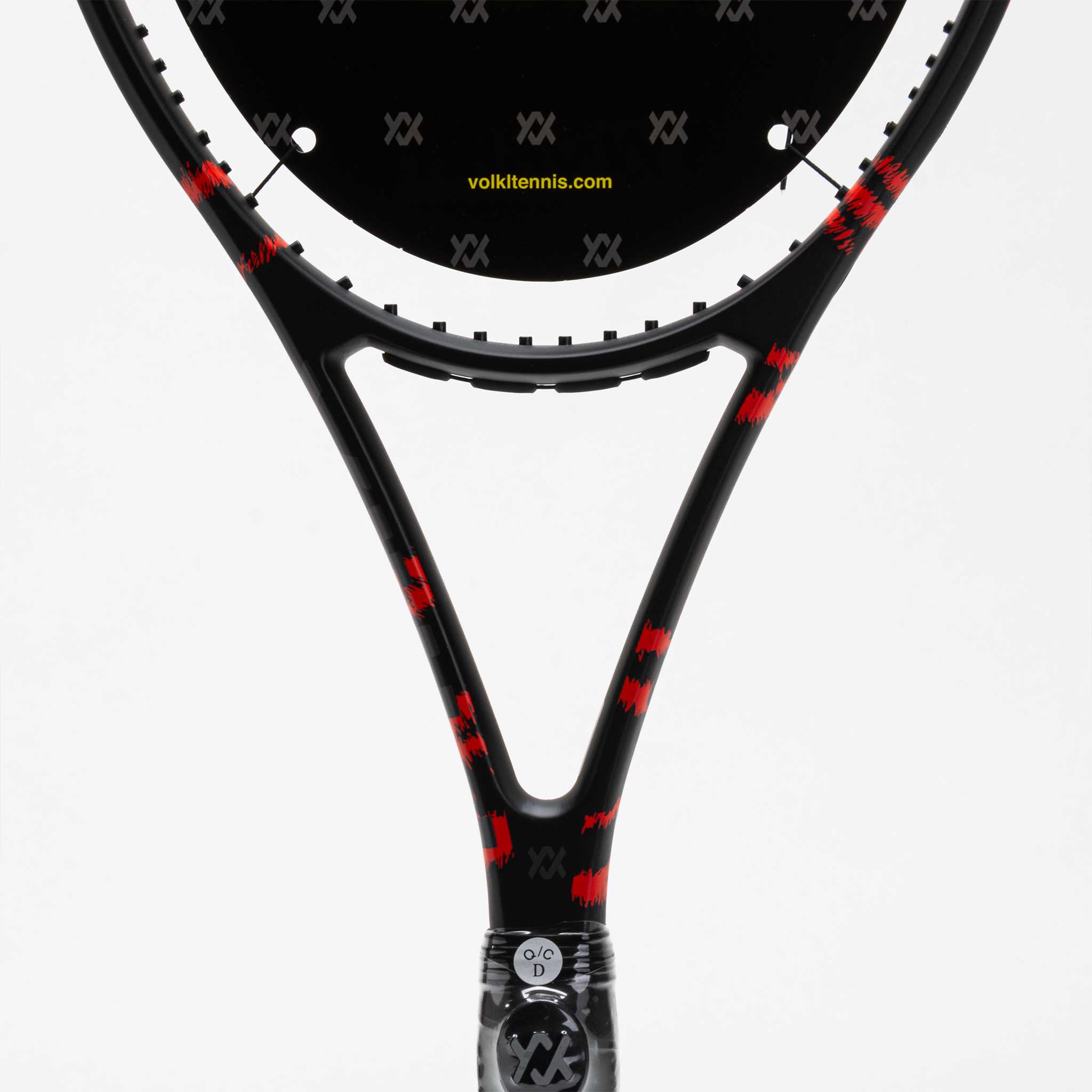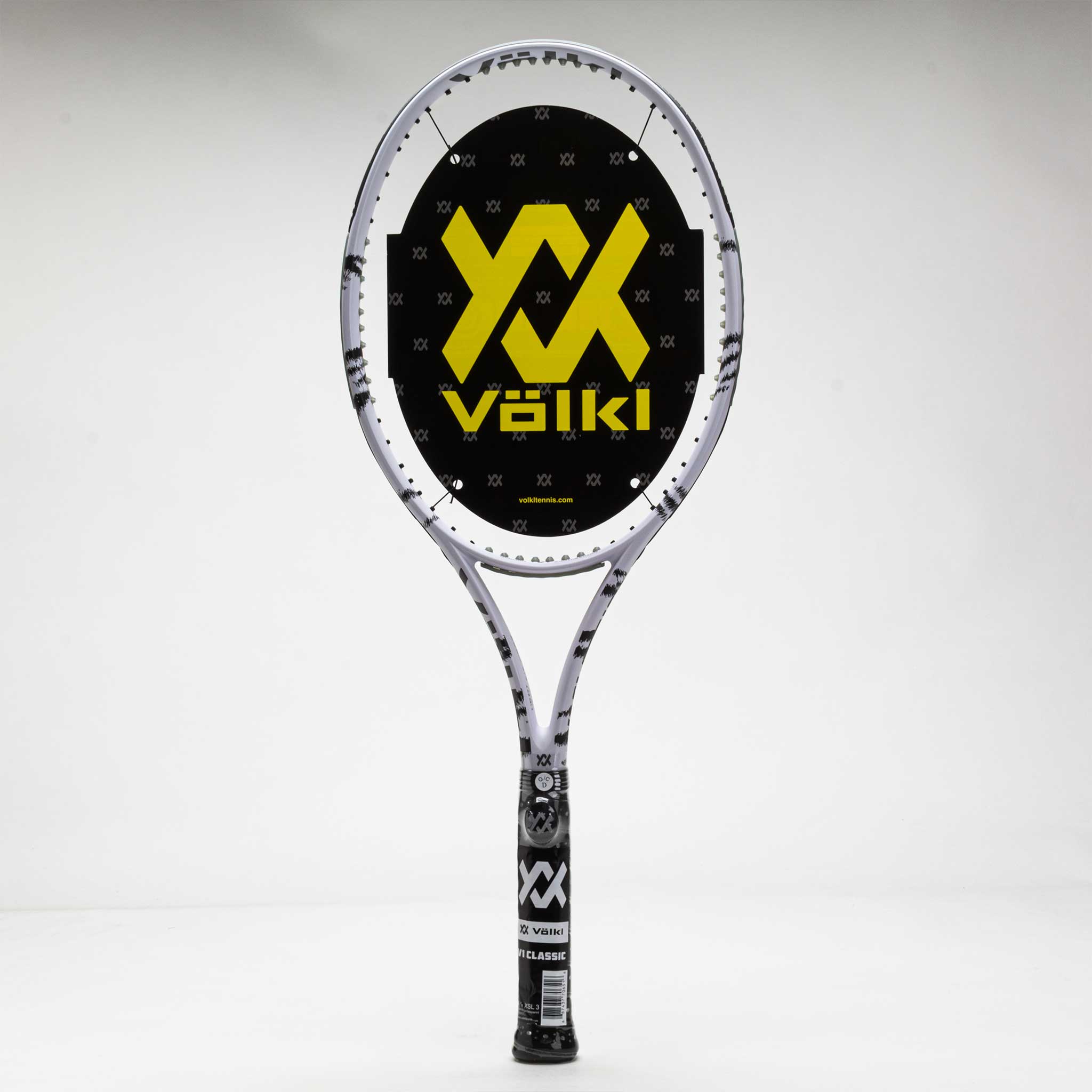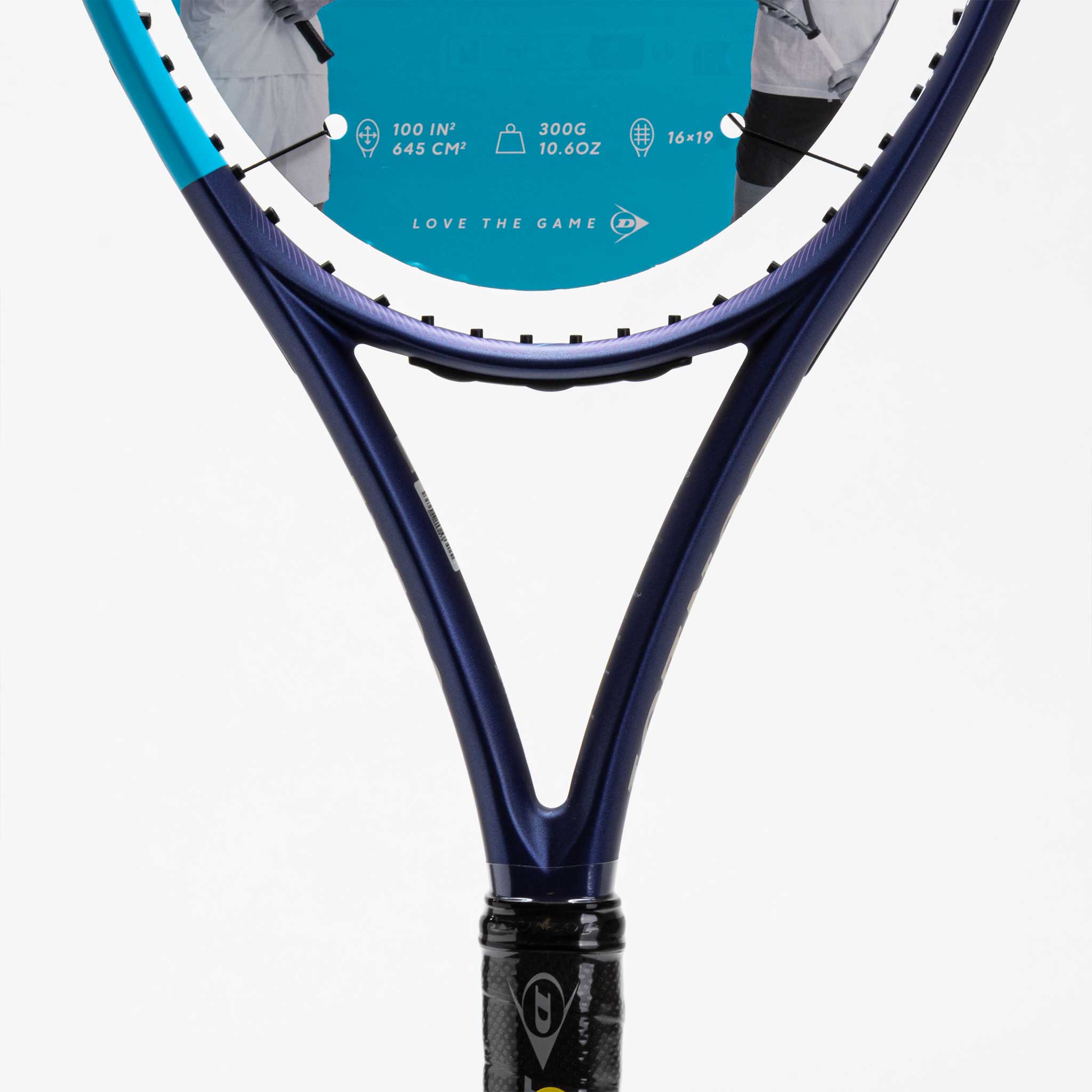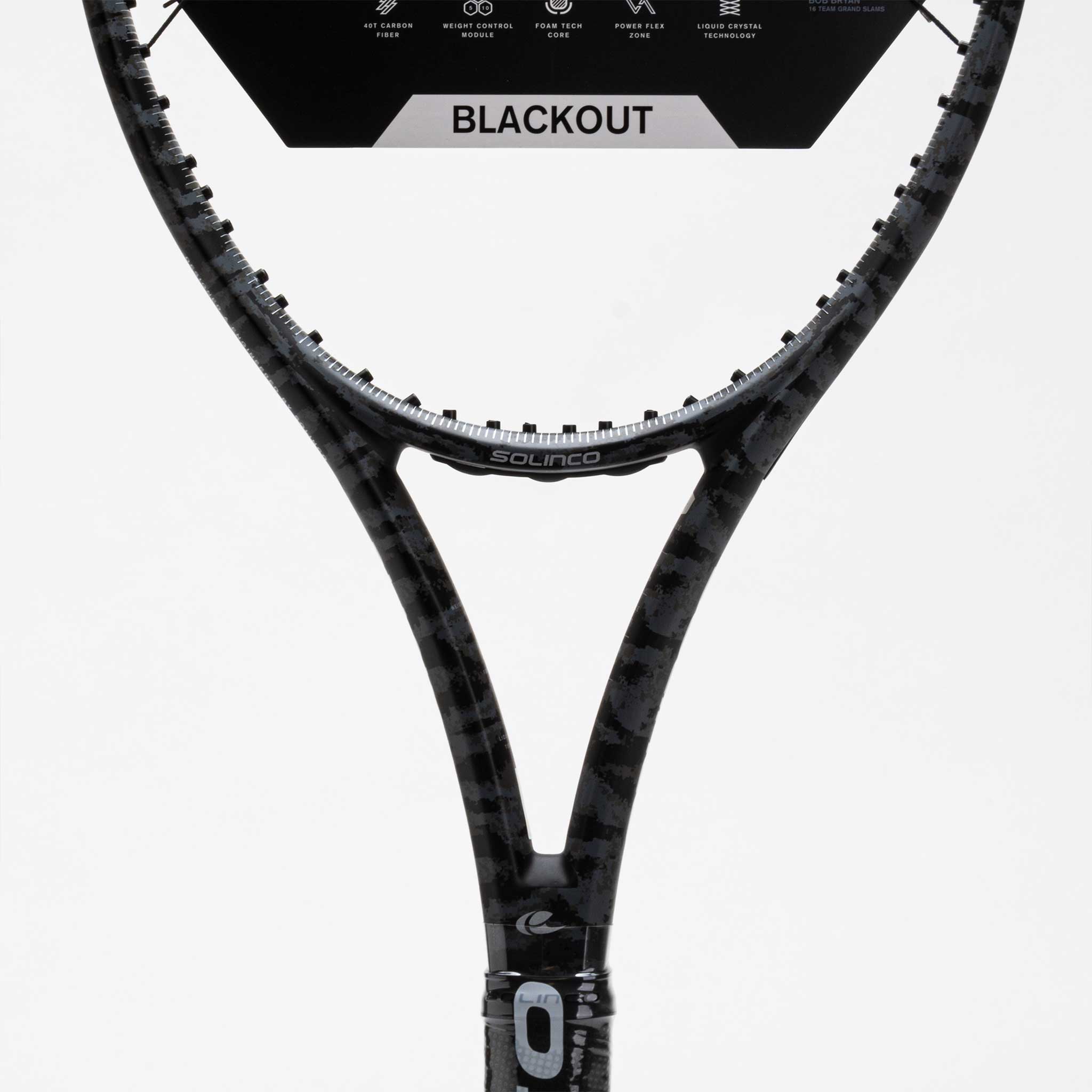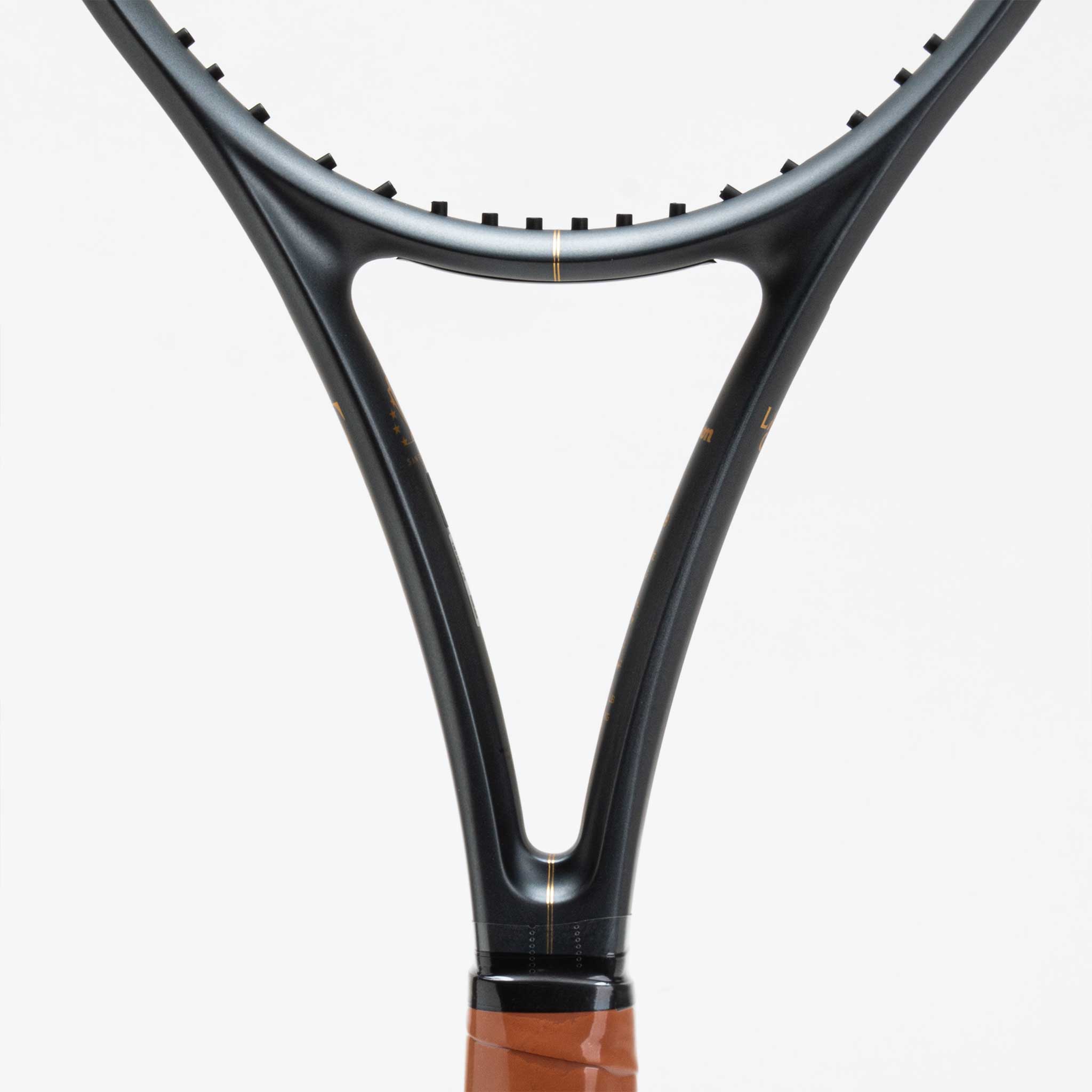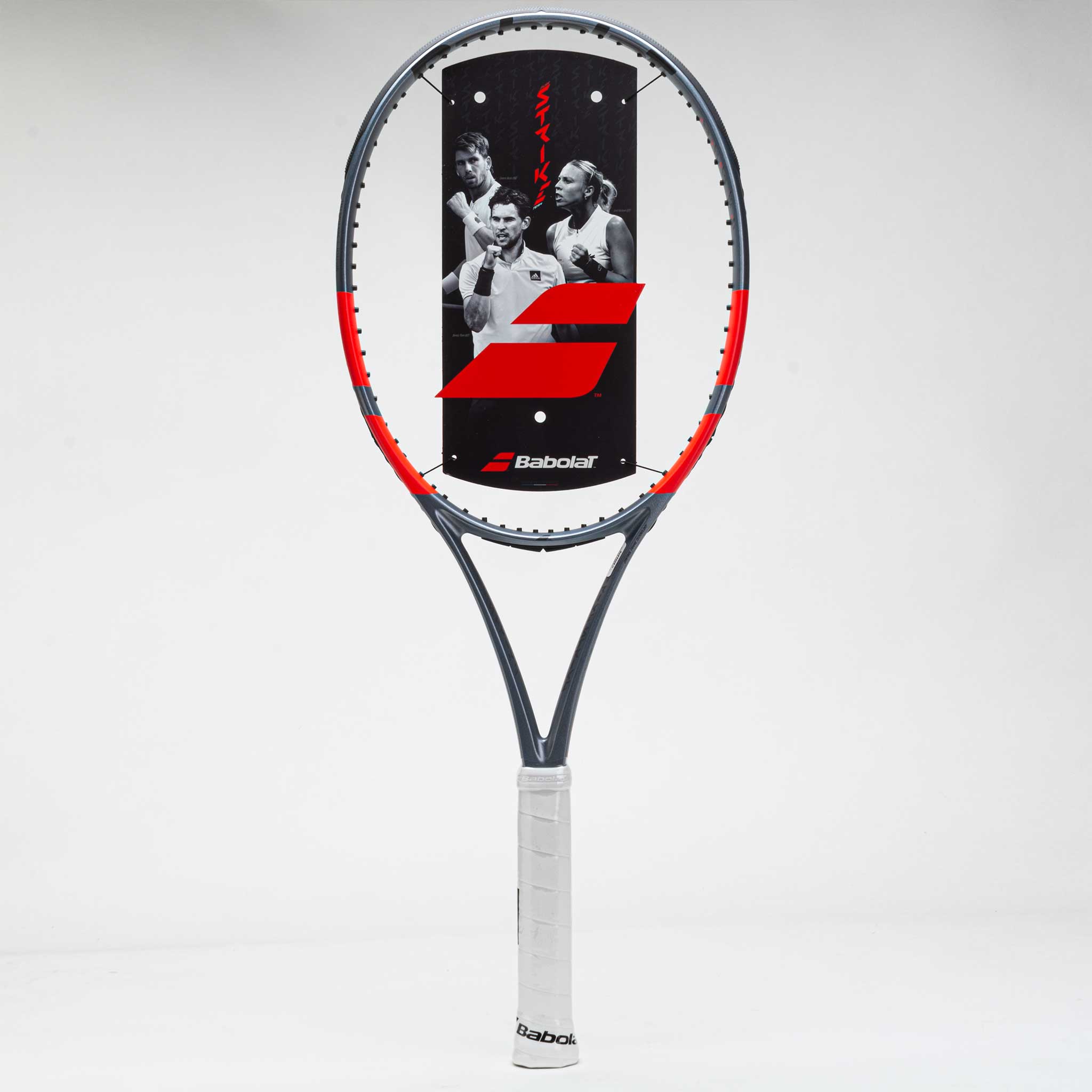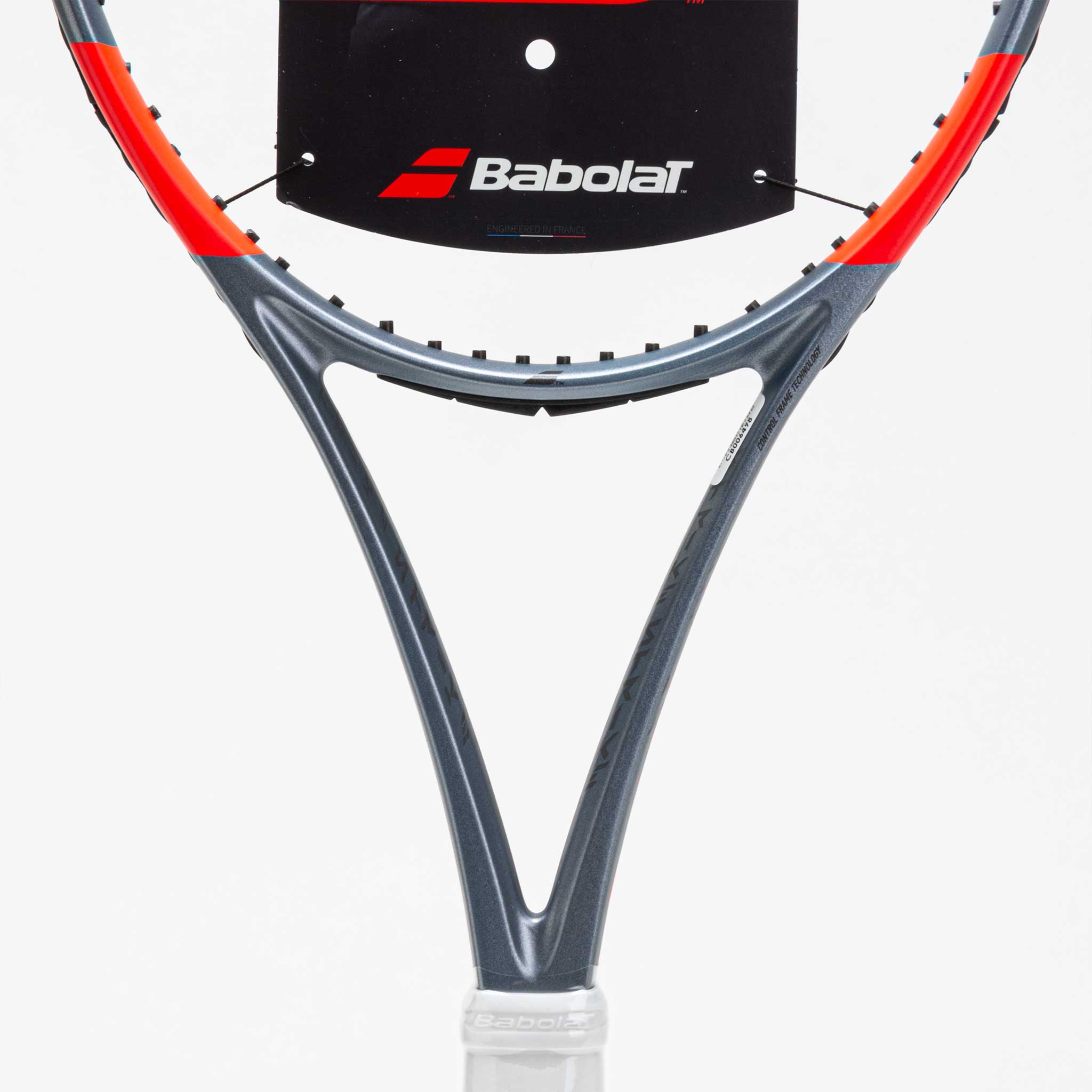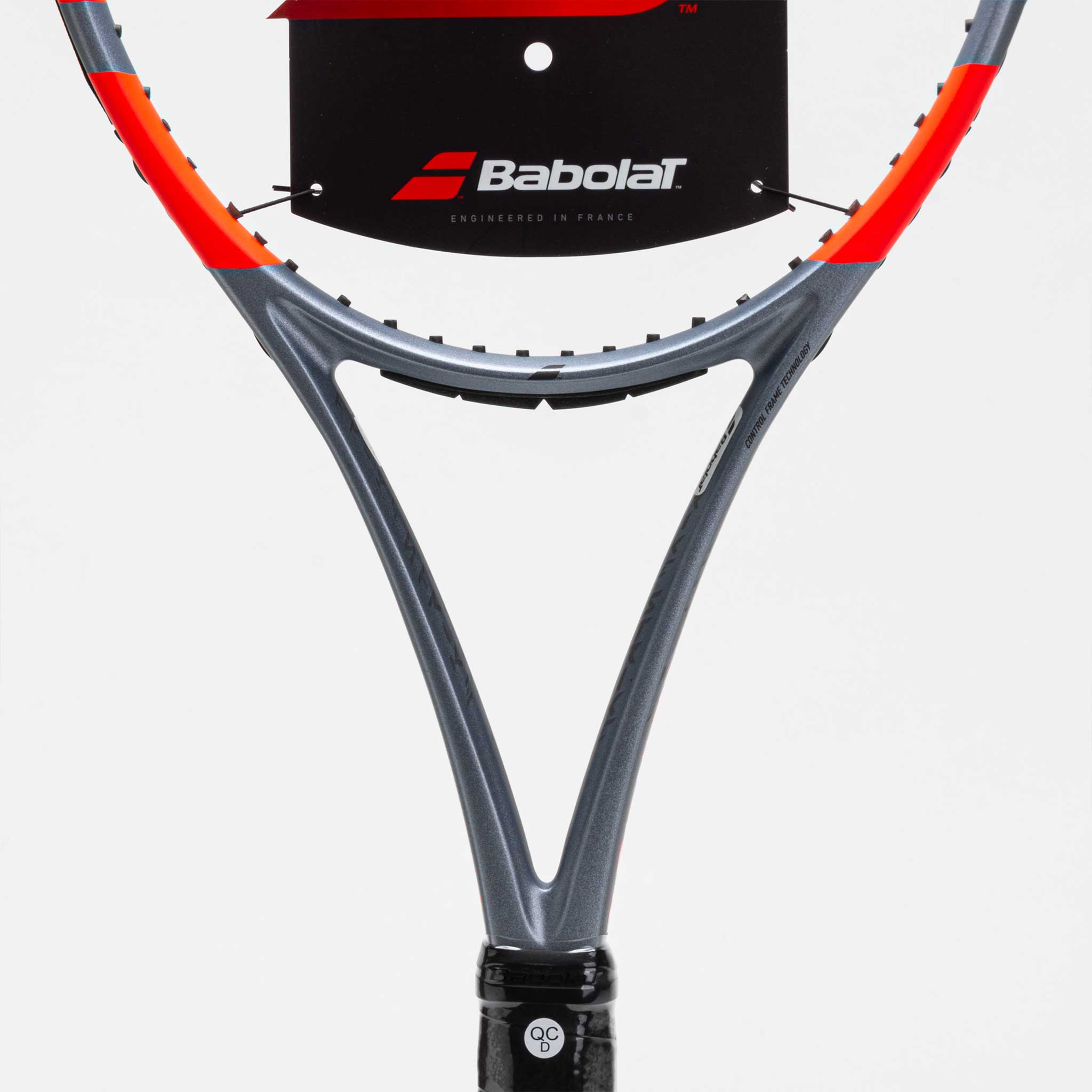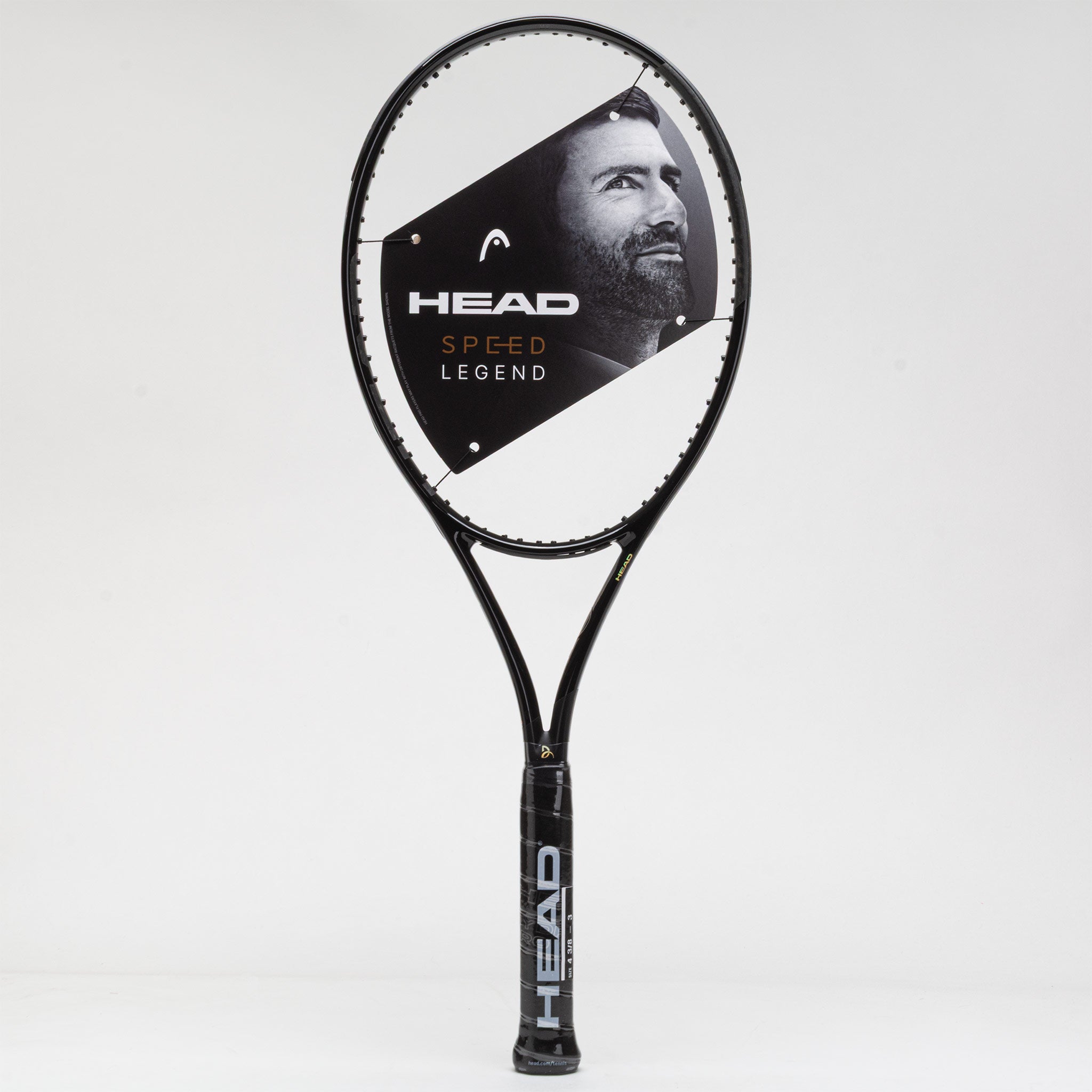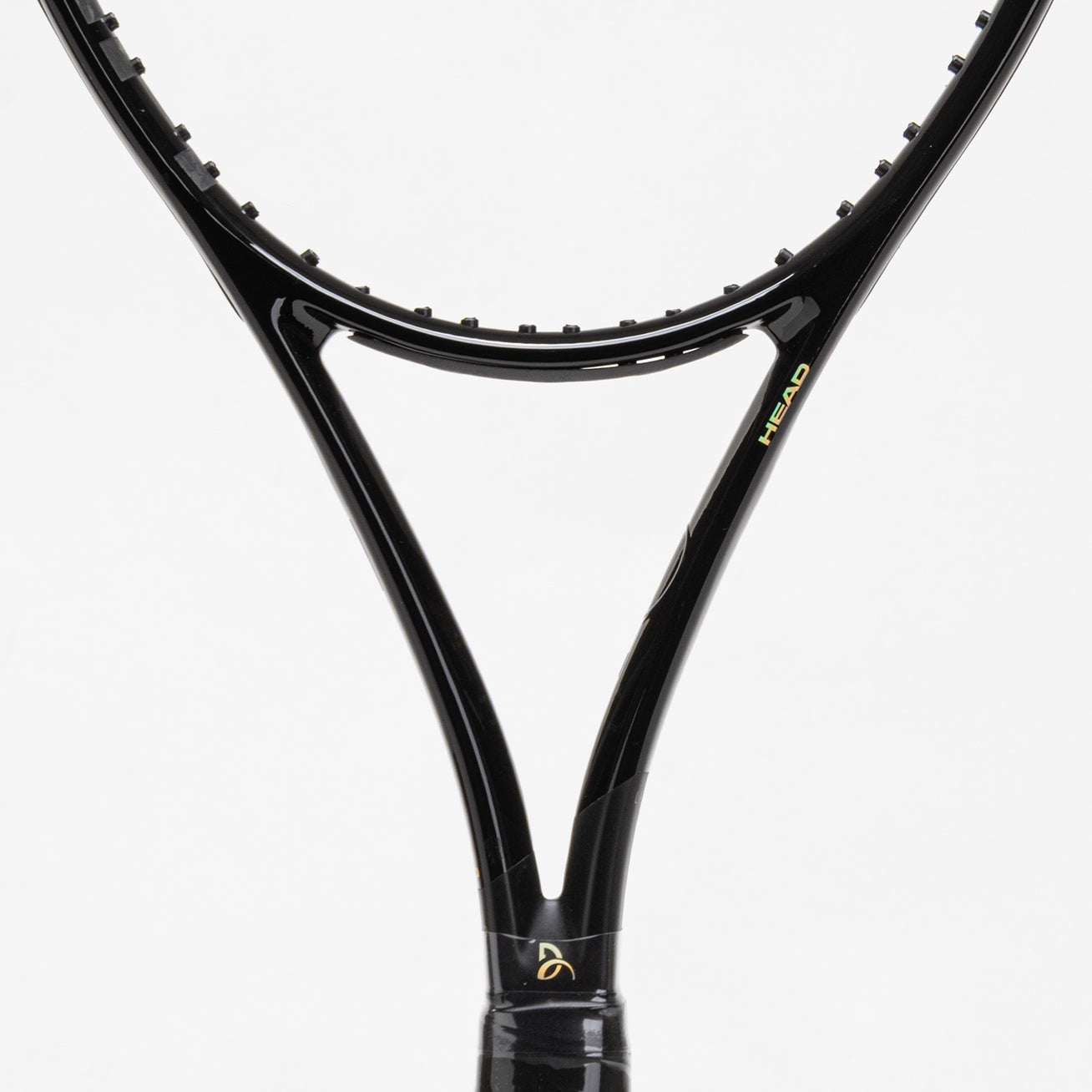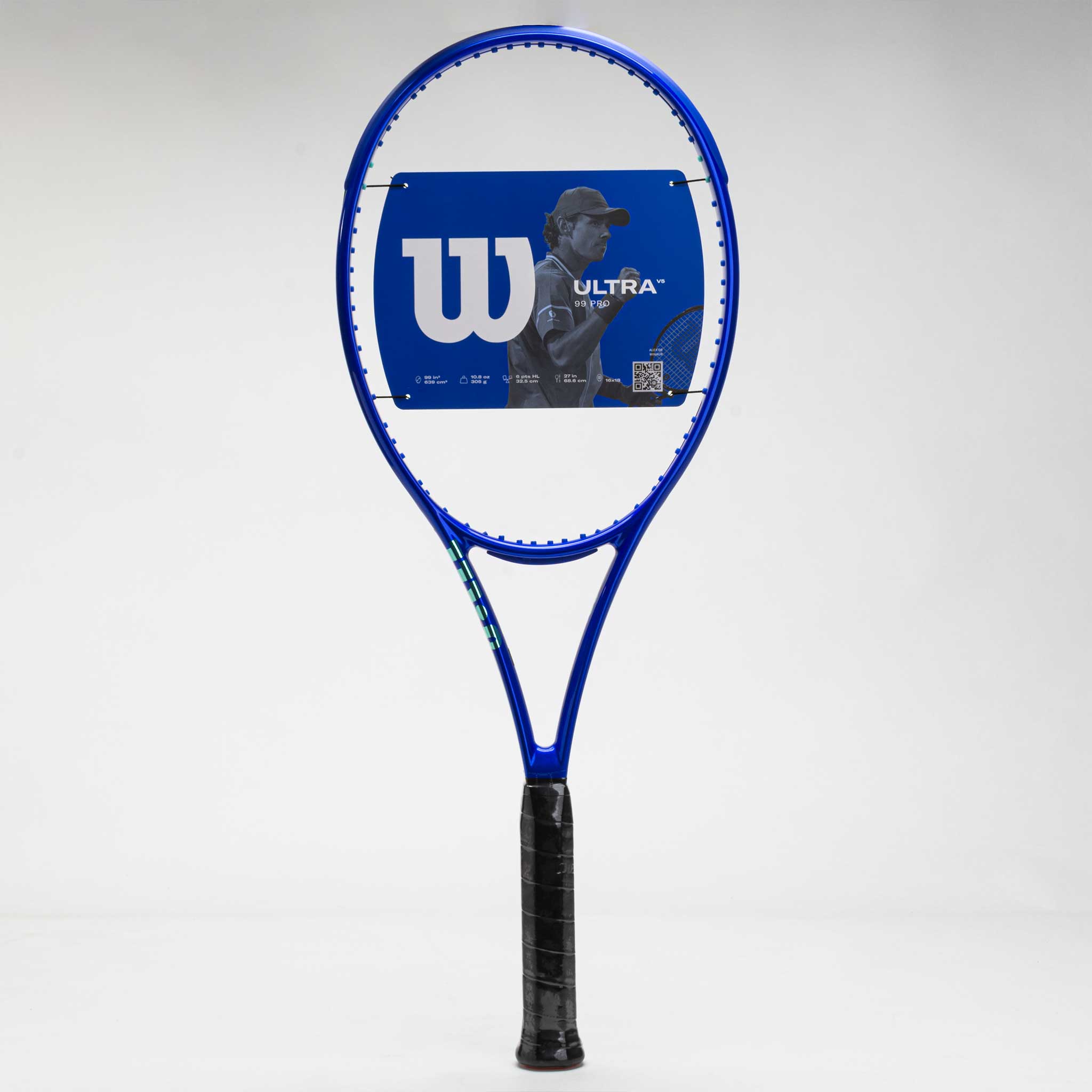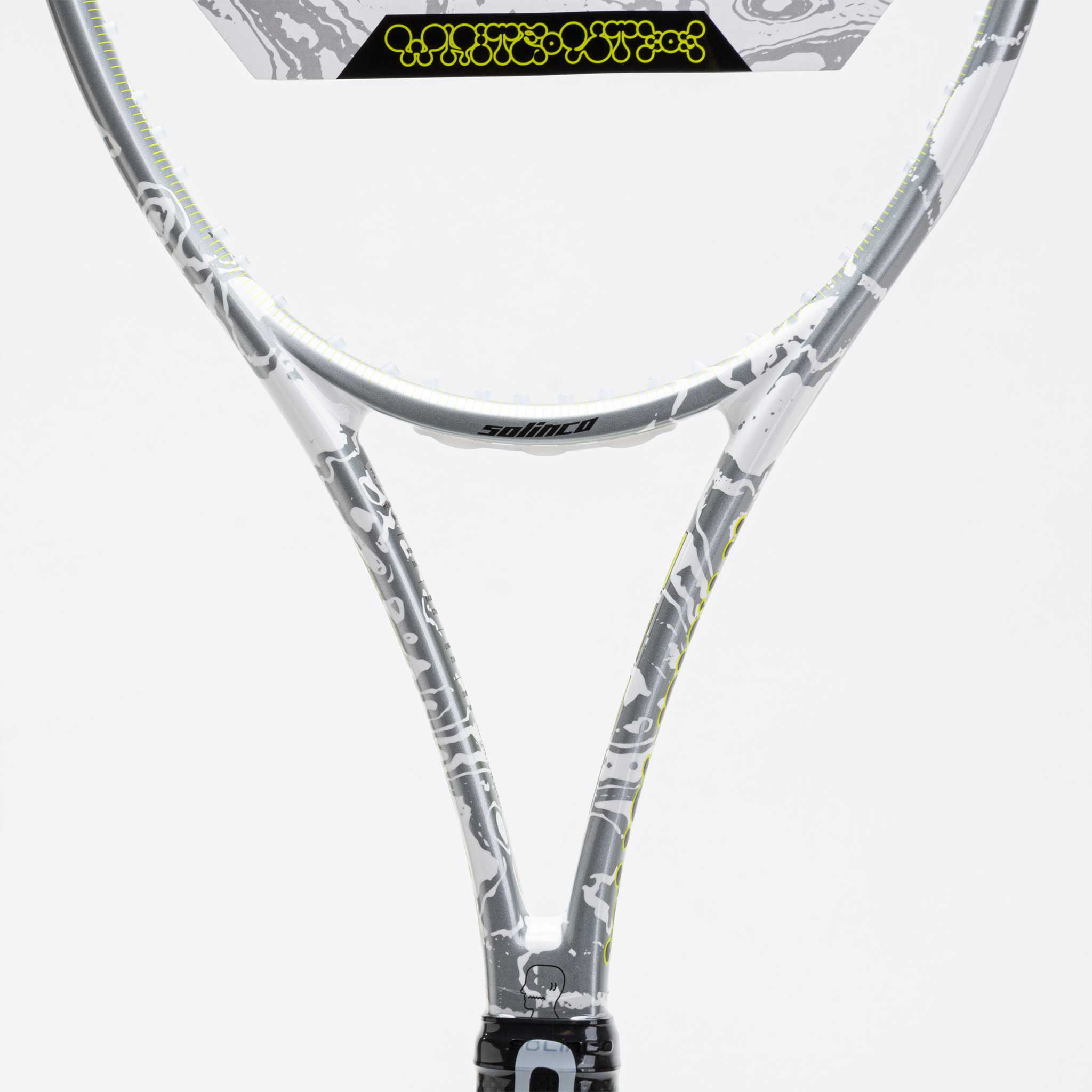237 products
Showing 1 - 46 of 237 products
Tennis Racquets
While a top-of-the-line tennis racquet that’s tailored to your individual needs and playing style won’t turn you into a tennis phenom overnight, the wrong racquet can seriously hinder you during practice and gameplay. Be sure to match your tennis racquet to your skill level, your swing. and your preferred manner of play.
Tennis Racquets

While a top-of-the-line tennis racquet that’s tailored to your individual needs and playing style won’t turn you into a tennis phenom overnight, the wrong racquet can seriously hinder you during practice and gameplay. Be sure to match your tennis racquet to your skill level, your swing. and your preferred manner of play.
The first thing to consider when looking at tennis racquets is the frame. You have many options when it comes to size, shape, material, and so on. A racquet with a larger head will help you make more powerful swings, whereas a smaller head affords you more control. Can’t decide? A mid-sized head offers a little of both! For length, a longer racquet can offer better leverage per swing for more power, but a traditional-length racquet provides a better balance of power and control. When considering the weight of a racquet, remember that heavier tennis racquets offer more power and less control while lighter racquets yield more control at the expense of power. The shape of your racquet determines where the sweet spot is: Traditional oval racquets have a sweet spot at the bottom, and a teardrop racquet features a larger sweet spot overall.
The next item on your racquet checklist is string. Pre-strung tennis racquets are great for beginners and recreational players. More advanced players may opt to customize their string material, gauge, and tension to their personal playing style. Natural gut tennis strings are considered the best, which is why many advanced players use them, but they tend to require frequent changing. Synthetic strings are great for recreational players as they achieve a happy medium between durability and playability. In terms of gauge: Thicker strings last longer but thinner strings feel better to most players. Experienced players tend to prefer lower string tension in their tennis racquets because it yields more power, while greener players benefit from the increased control of high-tension stringing. Regardless of your preference, be sure to adhere to the racquet manufacturer’s tension guidelines. Plan to have your racquet restrung at least once per year, and a good rule to follow is: However many times you play per week is the number of times per year you should restring your racquet. So if you play twice per week, have your tennis racquet restrung twice per year. If you play seasonally, make sure to time your restringing so that it occurs just before the season starts.
The right tennis racquet for you is based largely upon your current skill level. Beginners tend to do well with large racquets because they have bigger sweet spots. Advanced players tend to want high-tech racquets made of composite materials for excellent power in a lighter weight. Your swing is another factor in the type of racquet you need. If you’re a powerful swinger, look for a smaller control racquet to help you have more control. If your swing is more about finesse, consider a larger power racquet to help you add a little oomph to your game.
After you’ve figured out what you need in a racquet is when the real fun starts! We carry a vast collection of the best tennis racquets available from brands like HEAD, Gamma, Dunlop, Babolat, Wilson, Yonex, E-Force, and more! You can demo many of our most popular racquets in-store or through our mail demo program, and we also offer racquet-restringing services!
Back To Top










